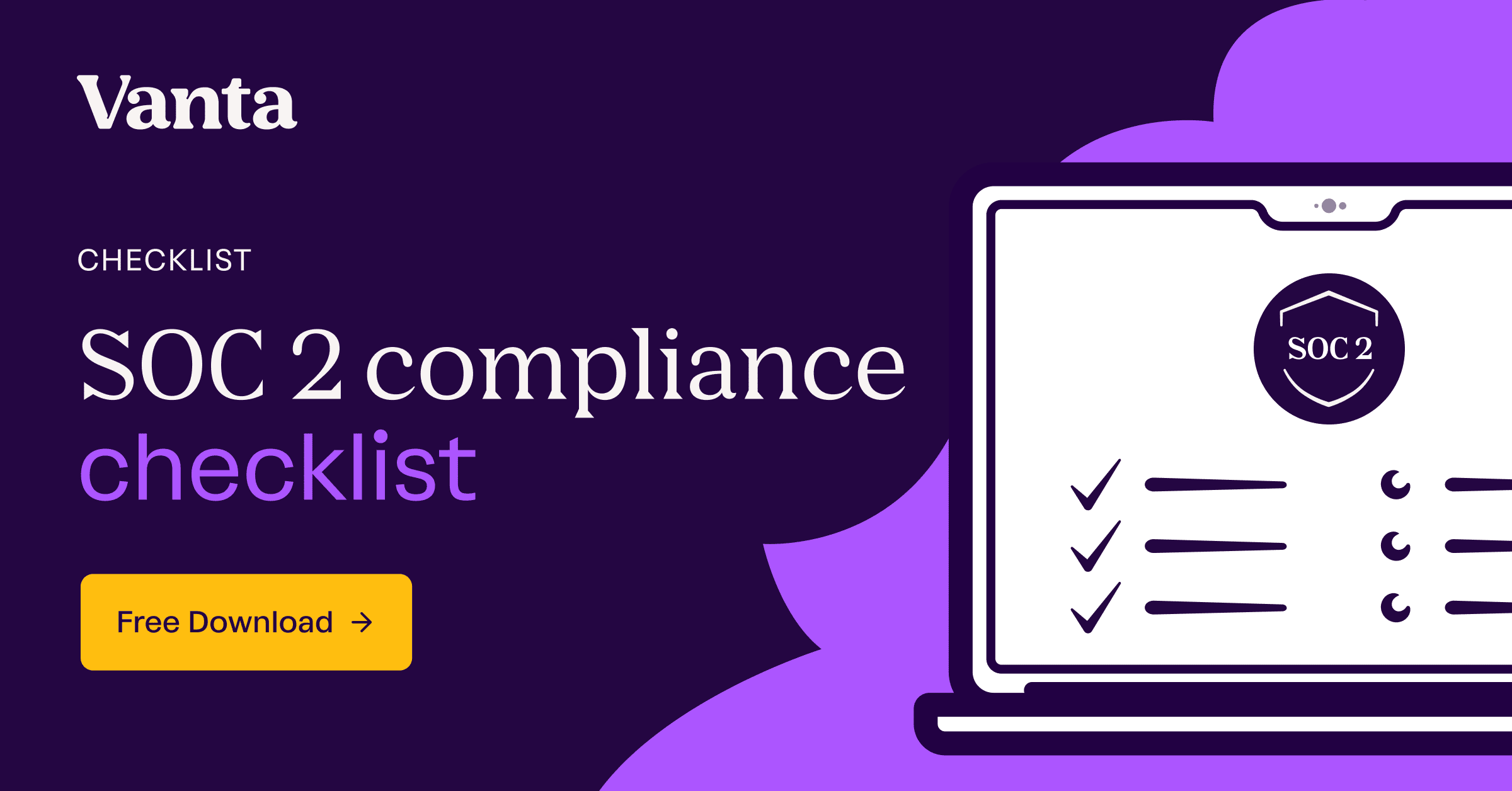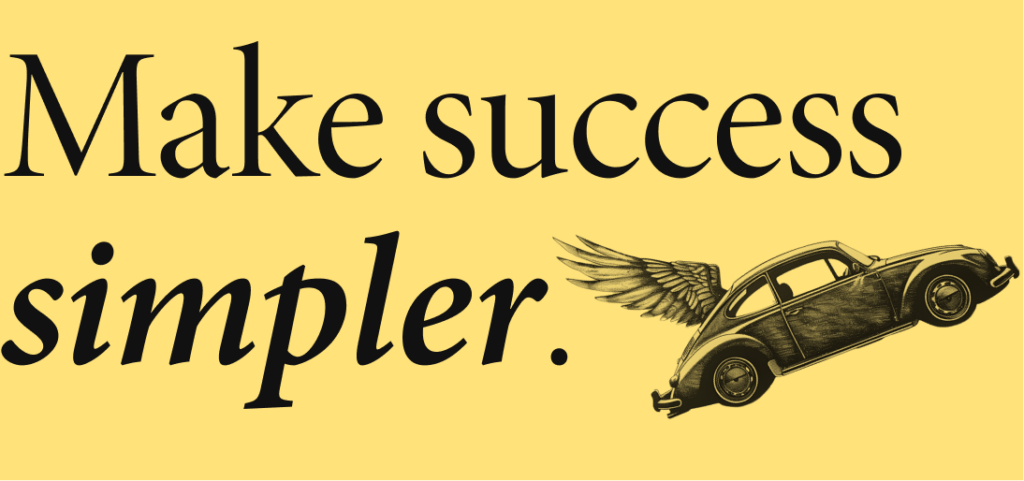Welcome to One Thing Better. Each week, the editor in chief of Entrepreneur magazine (that’s me) shares one way to achieve a breakthrough at work — and build a career or company you love.
Today’s edition is sponsored by Vanta — the all-in-one trust management platform. Details at the end of the newsletter.
You’re stuck between two bad options:
- Something unsatisfying but familiar.
- Something scary and unknown.
Maybe it’s a job that drains you, a relationship that’s fizzled, or a business strategy that’s plateaued — all unsatisfying but familiar things.
Leaving them is scary and unknown. So you don’t. Instead, you tell yourself: “At least I know what I’m dealing with.” Because as the old saying goes, the devil you know is better than the devil you don’t… right?
But what if that conventional wisdom is completely backward? What if, sometimes, the most stable choice is actually to leave?
Today, I’ll help you clarify a difficult choice — and let’s start with a real-life example from a friend of mine:
The trap of false stability
I was talking with a friend recently. Let’s call him Jim.
Jim has been at the same company years, and it just reorganized. Now Jim’s on a new team, with a new boss — and this boss sucks.
He’s constantly blaming Jim for things, and telling Jim that he’s doing a bad job. Jim is miserable. “Every day,” he told me, “I think I’m going to be fired. It’s driving me crazy.”
Why not leave, I asked?
“Because at least I have the stability of a job right now,” he told me.
When I heard that, something clicked.
“Wait,” I told him. “What if leaving is actually the more stable choice?”
Redefining what “stability” really means
Here’s the thing about Jim’s situation: Yes, he has a job. And yes, that’s a form of stability. But his day-to-day experience at work is deeply unstable.
Jim doesn’t know what’ll happen next. He doesn’t see a path to success. He doesn’t know what actions will improve his situation. Every day feels like a mystery.
That’s not stability. It’s just familiar instability.
But if Jim leaves, he’d know exactly what to do next: He’d update his resume, call his network, apply for jobs, develop new skills, and so on. These actions are firmly within his control.
Currently, Jim is equating “stability” with “having a job.”
Instead, he needs to equate “stability” with “having control.”
That small shift changes everything.
How to evaluate your next move
The next time you’re caught between something unsatisfying and something scary, try evaluating your options with this simple framework:
Step 1: Define “stability” for yourself.
Be realistic about it. We can’t be idealistic here.
For example, Jim’s ideal “stability” would be to get a better boss and stay at his old job. But that isn’t possible. He’s tried already, and he’s stuck where he is.
So he needs to ask himself: What is achievable stability? Is it keeping his old job? Or is it working somewhere that makes him happy?
Step 2: Evaluate each path.
Ask yourself: “Which situation has a clearer path to success? And which path do I have more control over?”
Whatever your answer is, that’s your stable path.
For Jim, the path to success at work is unclear. He doesn’t understand his boss, and doesn’t know what’ll happen next. But the path to a new job has clear, actionable steps (even if it comes with its own frustrations).
Step 3: Identify the first three steps.
To be clear: I’m not saying you’ll “succeed” after three steps. But this helps you visualize the starting point.
For Jim, the steps could look like this: He puts in his notice (or at least starts looking for a new job). He tells his professional network that he’s on the market. And he starts engaging regularly on LinkedIn.
He can do all these things now.
Stability isn’t the same as perfection
Let’s imagine that Jim leaves his job. Let’s imagine that you take your own leap — changing your business plan, leaving a relationship, whatever.
The next phase will feel uncertain. I do not mean to downplay that. Leaving a job has financial implications. Leaving a relationship is hard and emotional. These things cause ripple effects across your life. You must choose the path that is most appropriate and realistic for you.
But let me remind you of one of my favorite questions. Ask yourself: “Is my new problem better than my old problem?”
There’s no perfect option. Every path requires work. So we cannot measure our choices against an imaginary ideal. Instead, we must track our progress more realistically — choosing the problems that also contain progress.
Sometimes leaving something is the stable option. That’s because true stability lies on the other side of whatever we’re trapped in.
Choose the path of control.
That’s how to do one thing better.
The all-in-one trust management platform

To scale your company, you need compliance. And by investing in compliance early, you protect sensitive data and simplify the process of meeting industry standards—ensuring long-term trust and security. Vanta helps growing companies achieve compliance quickly and painlessly by automating 35+ frameworks—including SOC 2, ISO 27001, HIPAA, and more. Start with Vanta’s Compliance for Startups Bundle, with key resources to accelerate your journey.
- Step-by-step compliance checklists
- Case studies from fast-growing startups
- On-demand videos with industry leaders
*sponsored
